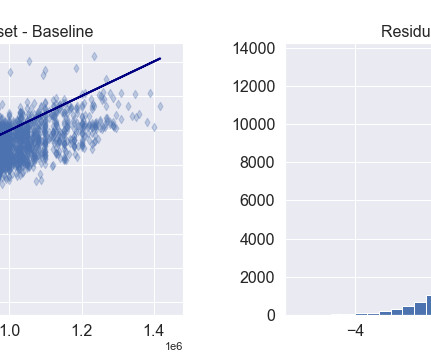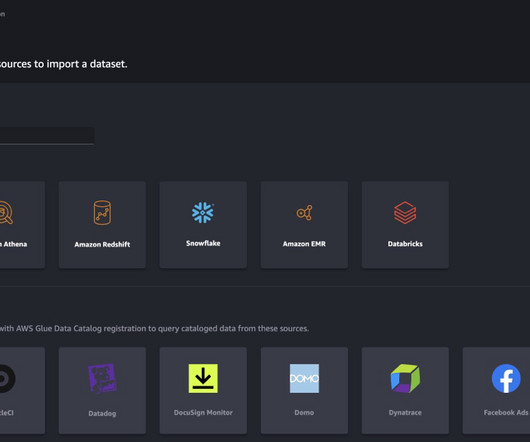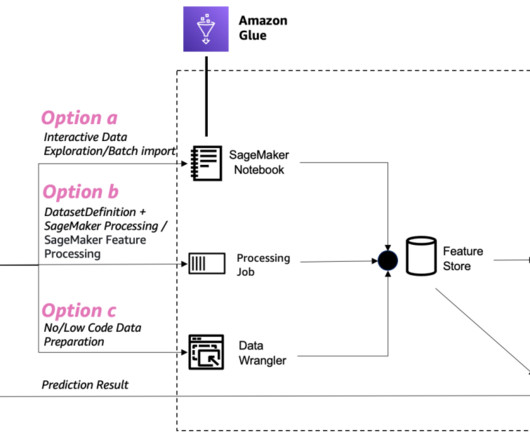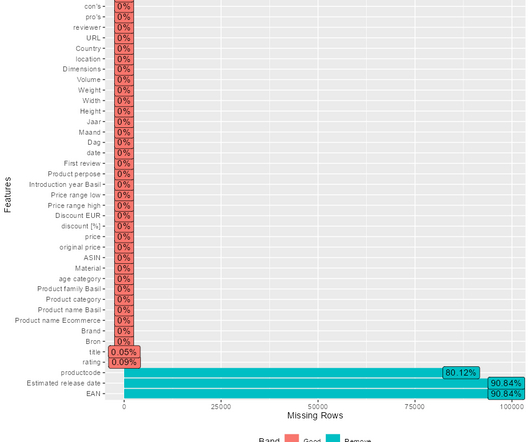Previously…
Towards AI
NOVEMBER 1, 2023
Enhancing The Robustness of Regression Model with Time-Series Analysis— Part 2 A case study on Singapore’s HDB resale prices. In the second part, we will move our focus to building regression models on how to predict Singapore’s HDB prices. Photo by Robbie Down on Unsplash Welcome to the second segment of this article!













Let's personalize your content